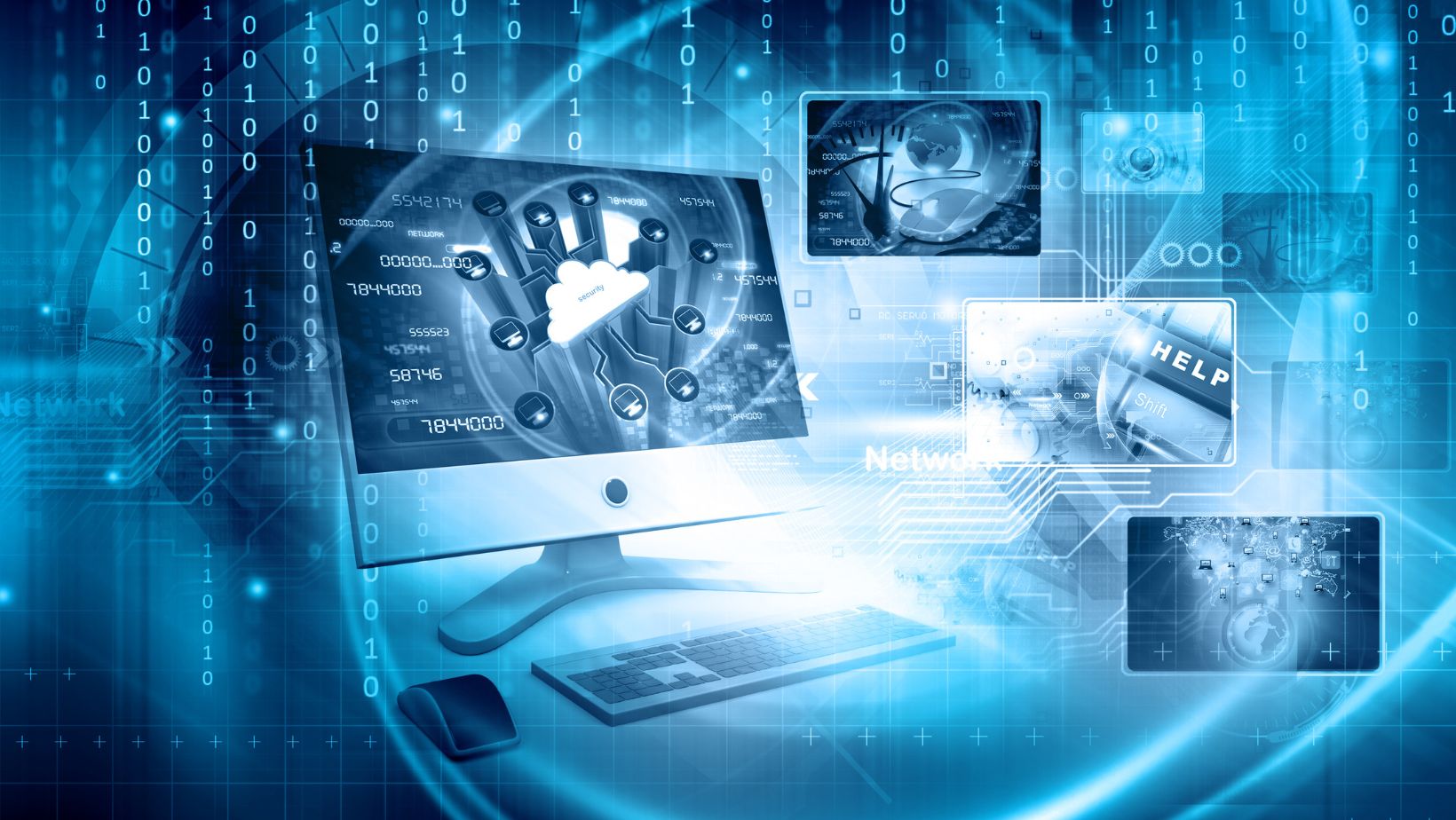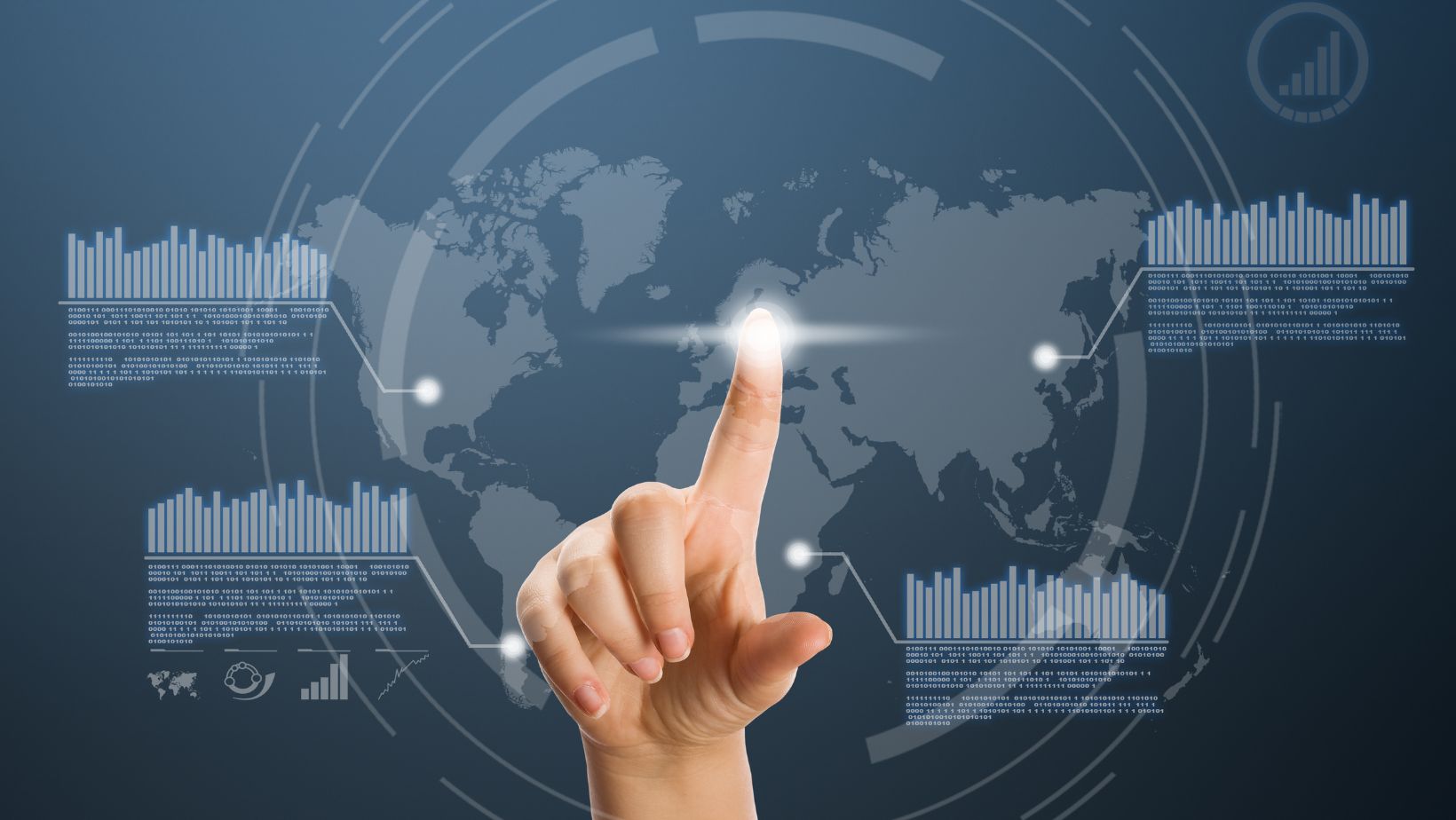
In today’s hyperconnected world, we often find ourselves torn between the conveniences of technology and the stress it sometimes causes. From relentless notifications to information overload, it’s easy to feel overwhelmed. Yet, ironically, these very tools also hold the key to greater control, comfort, and peace of mind if used the right way.
This article explores how technology, when harnessed mindfully, can help us transition from a state of stress to a life of greater stability and emotional wellness.
The Digital Paradox: Tech as a Trigger and a Tool
It’s no secret that our devices can be stress-inducing. Constant alerts, social media comparisons, and the pressure to be perpetually available all contribute to heightened anxiety. Studies have linked excessive screen time to sleep disturbances and mental health issues, reinforcing the idea that digital life can erode our peace of mind.
However, this doesn’t mean we need to ditch our gadgets altogether. In fact, some of the most effective tools for reducing stress and maintaining emotional balance are digital. The key lies in shifting from passive consumption to intentional use, leveraging technology not as a crutch but as a partner in our well-being.
Smart Devices That Promote Calm
Today’s smart devices are designed not just to inform and entertain, but also to soothe and support. Wearables like smartwatches can monitor your heart rate, prompt breathing exercises, and track your sleep cycles, providing data that helps you understand and regulate your stress levels.
Smart home devices further elevate this experience. White noise machines, programmable lighting, and even air quality monitors can create an environment that supports mental clarity and calm. A smart bulb dimming as bedtime nears, or a sound machine playing rain sounds, may seem simple, but their impact on reducing daily tension is powerful.
Take, for example, someone managing workplace stress. With just a smartwatch and a mindfulness app, they can receive gentle nudges to pause, breathe, and recalibrate during a busy day. These subtle moments of stillness make a big difference.
Mental Health Apps and Digital Therapy
The rise of mental wellness apps has made therapy and emotional support more accessible than ever before. Platforms like Calm and Headspace offer guided meditations, sleep stories, and breathing exercises that users can access anytime. For those seeking deeper support, online therapy platforms provide professional counseling from the comfort of home.
In fact, Cell Mechanics offers phone repair services that ensure your device is always functional, because when your lifeline to mental health support is your phone, keeping it in top condition becomes essential.

Digital therapy is also evolving through a blend of AI and human interaction. AI-powered journaling tools, mood trackers, and chatbots can complement traditional therapy, providing on-demand emotional check-ins between sessions.
These innovations are not a replacement for in-person care, but they can bridge gaps, especially for those in remote areas or with tight schedules. And for many, simply knowing that support is just a tap away offers tremendous peace of mind.
Mobile Security & Monitoring for Peace of Mind
Peace of mind doesn’t stop with mental health, it also comes from feeling physically secure and knowing our loved ones are safe. Mobile security technology is stepping up in this area, offering tools that help us monitor and protect what matters most.
From nanny cams to real-time home surveillance apps, mobile monitors allow users to keep an eye on their homes, pets, and family members. GPS trackers can be placed in kids’ backpacks or worn by elderly relatives, providing real-time location updates that reduce worry.
Pet owners, too, can benefit from tracking solutions. High-quality collars and transmitters, like Pet Stop’s dog fences, give owners confidence that their furry friends are safe within designated boundaries. Technology can help you keep tabs on your pet’s safety and behavior.
When it comes to peace of mind, security isn’t just about preventing problems, it’s about reducing the constant anxiety of “what if?” Mobile monitoring solutions help answer that question before it becomes a crisis.
Digital Detox vs. Digital Balance
There’s a growing trend toward digital detoxes, where individuals unplug completely for a set period. While this can be refreshing, it’s not always realistic or necessary. The goal shouldn’t be to eliminate technology but to use it more mindfully.
Practicing digital balance involves evaluating which apps and devices contribute positively to your life and setting boundaries for those that don’t. This might mean turning off push notifications, using focus modes during work hours, or setting app limits for social media.
For example, scheduling “tech-free” hours in the evening can help improve sleep and allow you to reconnect with loved ones. Using digital wellness features available on most smartphones can guide you toward healthier usage patterns without requiring a total shutdown.
Mindful tech use is all about conscious choices: curating your digital environment just like you would your physical one.
Conclusion: Reclaiming Control Through Mindful Tech Use
Technology isn’t inherently good or bad, it’s how we use it that makes the difference. When approached with intention, digital tools can be powerful allies in the pursuit of peace and stability.

Whether it’s tracking your sleep, attending virtual therapy, keeping your pet safe, or feeling secure in your home, today’s tech offers more than just convenience; it offers comfort, safety, and calm.
In a world that’s always buzzing, finding peace of mind is possible. All it takes is a shift in perspective and a few smart choices.






